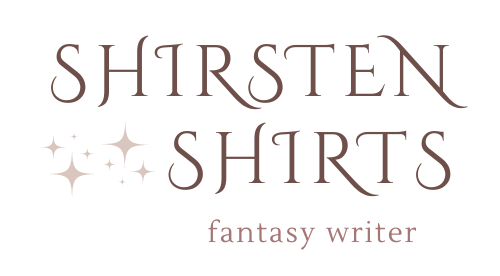How to Leave Your Reader Satisfied (Writing Emotion: Contentment)
The Writing Emotion series observes one emotion at a time in a story that does it well. This is so that we can understand better how to do our most important job as storytellers (no matter the genre): make readers feel.
The objective of these posts is less about learning to convey a specific emotion (joy, sorrow, anxiousness, etc.) and more about studying what is going on underneath a scene that makes the emotionality of it more compelling for the characters and the reader alike—
It’s about learning to write emotion.
Emotion: Contentment
Story: A Million Junes by Emily Henry
Spoilers Ahead
(In terms of plot, the spoilers here are minor. But be aware that the passage is taken from the very end of the book.)
Contentment: a state of happiness and satisfaction
Passage from the book:
“When I was a kid, I dreamed about exploring pyramids and riding on elephants’ backs. I wanted to sail across the world and climb Mount Everest and look down over everything. I thought that was the life I’d lead and that the moments of mine that were closest to that would be the ones that made me.
The truth is, I stopped dreaming about those things, June, the day you were born.
Here is what I’ll take with me from this world: a thousand moments spent watching you sleep, tracing the freckles over your mom’s eyebrow as she Windexed a mirror, rubbing her wrists when the cold made them sore, combing your hair when it got tangled, a deep hurt in my belly from the way it hurt you.
I am very small, and I don’t find myself wishing I were any bigger.”
Lesson 1: The emotional insight is relatable.
People often find themselves wondering if their lives are “big enough” or if they should be trying for more impressive moments. But this passage is arguing for simple moments that are “big” because of the love and presence that is felt within them.
This is why it’s so effective to use your own insights and emotional journeys and apply them to your stories. What insight into a particular emotion can you powerfully share?
As another example, I recently read a memoir where the resolution’s main emotion was an insight into empathy: The protagonist had carried resentment throughout her life because her mother never said, “I love you.”
But at the end of her story, the protagonist realized that in fact her mother had had a very difficult and traumatic life herself, which contributed to her inability to express love. And that, in fact, the protagonist was in a much better position to give love to her mother, who was in desperate need of it.
Lesson 2: The emotion fits into the emotional/character arc.
June feels a lot of doubt and confusion throughout her journey. In this story, influenced by Romeo and Juliet, she learns who she is outside of her family’s feud.
She does this by trying to better understand her family, what caused the feud, and what has kept it alive through so many generations (story events).
In the end, this passage demonstrates a culmination of her emotional journey. June realizes that she can have her own life (which does not embrace the generational feud), while also learning from those who have gone before her. This insight helps us have greater insight into our own lives, just as June is learning to.
Lesson 3: The emotion is in the right plot point.
Because contentment isn’t a big or dramatic emotion, it’s effectively used here toward the very end of June’s story. It wraps up her journey in a way that makes us glad we were along for the ride. It’s thoughtfully placed not in the climax or a major turning point, but in the story’s resolution.
What single emotion best encapsulates the major theme of your story? How can you demonstrate it in the final pages/the culmination of your character’s emotional journey? How can you be thoughtful about the types of emotions that go into different plot points? Where would the more dramatic emotions more effectively land? Where would the gentler emotions have the most potency?
When you can pair an emotion with an important insight that the character has finally seen (i.e. their Truth—the healthier worldview your character comes to adopt), the impact is powerful.
Want more insight into behind-the-scenes story magic & writing emotion? Click on one of the buttons below.
The fastest way to write a strong story is with an effective outline that plots your novel’s beating heart.
In Outline Your Novel, you’ll learn exactly what these beats are (step-by-step), why they matter emotionally, and how to plot them quickly to make your story sing.





